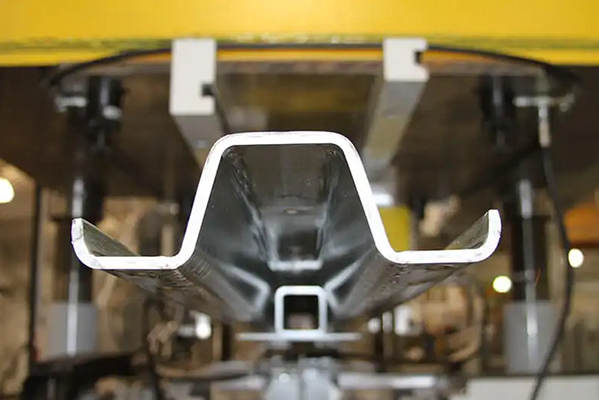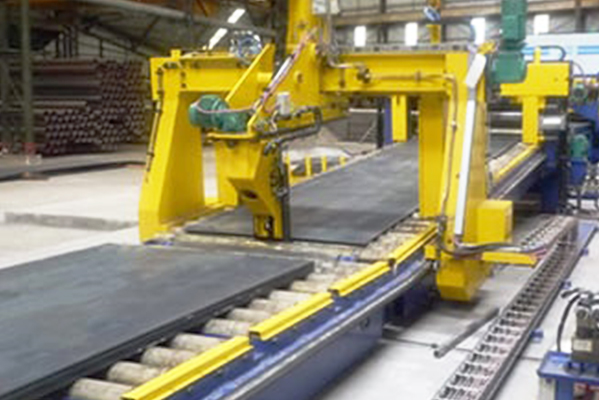Navigation Menu
Contact Us
- Email:
- info@wxavatar.com
- Address:
- Yurong Village, Yuqi Street, Huishan District, Wuxi, China.
Release Date:Jul 25, 2025 Visit:43 Source:Roll Forming Machine Factory
When shaping metal, manufacturers often choose between highly automated roll forming machines and traditional hand-forming techniques. Each method offers distinct advantages and disadvantages, making them suitable for different applications. Understanding these differences is key to selecting the most efficient and cost-effective approach for a given project.

The Precision and Efficiency of Roll Forming
Roll forming is a continuous bending operation where a long strip of metal, typically coiled steel, passes through successive sets of rolls. Each set of rolls performs a specific bend, gradually shaping the metal until the desired cross-section is achieved.
Key advantages of roll forming include:
High Production Volume: Roll forming excels at producing large quantities of identical parts quickly. Once the machine is set up, it can run continuously, leading to significant output.
Consistent Accuracy: The automated nature of roll forming ensures exceptional dimensional accuracy and repeatability. Each part produced will be virtually identical, which is crucial for applications requiring tight tolerances.
Complex Profiles: Roll forming can create intricate and complex cross-sectional profiles that would be extremely difficult or impossible to achieve consistently by hand.
Material Efficiency: The process generates minimal material waste, as it precisely shapes the metal without removing significant material.
Reduced Labor Costs: While initial setup requires skilled operators, the overall labor per piece is significantly lower compared to hand-forming, especially for high-volume production.
However, roll forming does have a higher initial investment in machinery and tooling. It's most economical for large production runs where the tooling costs can be amortized over many parts.
The Versatility and Craftsmanship of Hand-Forming
Hand-forming, as the name suggests, involves shaping metal using manual tools, hammers, mallets, presses, and skilled craftsmanship. This method has been used for centuries and remains relevant for specific applications.
Key aspects of hand-forming include:
Low Initial Cost: Hand-forming requires minimal specialized machinery, making the initial investment much lower.
Flexibility for Prototypes and Small Batches: It's ideal for creating prototypes, custom pieces, or very small production runs where the cost and time of setting up a roll forming machine would be prohibitive.
Artistic and Unique Shapes: Skilled artisans can create highly customized, artistic, and non-uniform shapes that are not easily replicated by automated machinery. This allows for unique designs and intricate details.
On-the-Fly Adjustments: Hand-forming allows for immediate adjustments and modifications during the shaping process, offering a level of adaptability not found in automated systems.
Repair and Restoration: It's often the preferred method for repairing existing metal components or restoring antique pieces, where precision duplication of an irregular form is required.
The primary limitations of hand-forming are its slower production speed, higher labor costs per piece, and greater variability in part consistency, depending on the skill of the individual.

Choosing the Right Method
The decision between roll forming and hand-forming ultimately depends on the specific project requirements:
For high-volume production of parts requiring consistent accuracy and complex, uniform profiles, roll forming is the clear choice.
For prototyping, small custom orders, artistic creations, or situations demanding maximum flexibility and individual craftsmanship, hand-forming offers the ideal solution.
Both methods play crucial roles in the metal fabrication industry, each offering unique strengths that cater to different manufacturing needs and artistic endeavors.